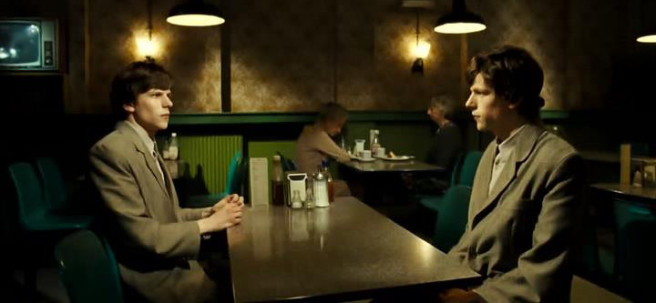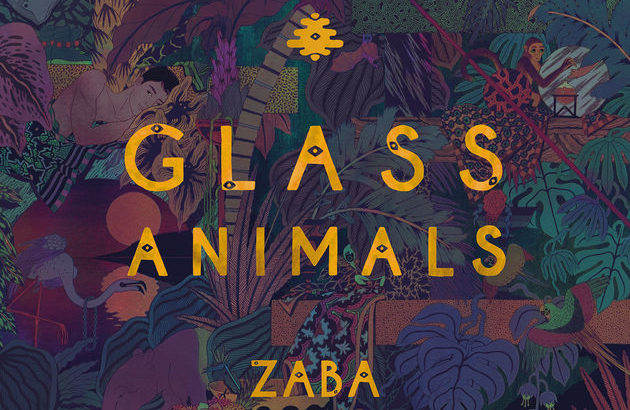I recently finished Dali the Paintings, an amazing collection of Salvador Dali’s works accompanied by commentary and an interesting account of his life by Robert Descharnes and Gilles Neret. I’ve written about my particular interest in surreal art before, and Salvador Dali was one of the most influential leaders of the movement; as he said himself, “the only difference between me and the Surrealists is that I am a surrealist”. He was well known in popular culture for being eccentric and arrogant, and many of his works are iconic today. In reading through his biography, I was surprised by how much depth there was to him as a person, and how much his personality and art style changed throughout his life. I definitely recommend reading Dali the Paintings if you have the time, even if you aren’t typically interested in art history; the story itself is stranger than fiction. However, instead of reviewing his life, I thought I would highlight some of the most interesting paintings, provide some context, and explain why I find them so fascinating.

One of the first paintings I ever saw by Salvador Dali was Atavistic Ruins after the Rain, and it is easily one of the most memorable. I was struck by how different it was from the fine art that I was used to; it was strange and other-wordly, with a feeling of gravity and oppression that was completely unusual. After learning more about surrealism and Dali, I realized that I enjoyed the ominous and unexplainable atmosphere of surrealism just as much as the amazing technical mastery. Most of my favorite works by Dali were made around this time, when he was 30 and leaving his group of surrealists for popularity in America. I find these paintings to be the most haunting, with similar landscapes based on the Catalonian cliffs of Spain where Dali grew up. Many of his motifs were first introduced during this period, such as the crutch, the standing figures, and the soft, melting architecture. In general, this painting represents to me what makes Dali great, not only as a painter, but as an artist of atmosphere.

Another iconic painting by Dali is The Elephants, painted in 1948. There is a lot of important context needed in order to understand this painting relative to Dali’s life. Firstly, Dali was greatly affected by the bombings of Japan in 1945; he turned to mysticism, and adopted a unique belief in the atom and nuclear physics as the closest representations of God. These new beliefs led to prominent religious imagery in his paintings and a new form of atomic surrealism. This painting in particular has a nuclear feeling, with its red sky and barren landscape, and the elephants carry giant religious obelisks. Dali was also affected by the death of his older brother who died before Dali was born. His brother’s name was also Salvador and they bore a strong resemblance; as a result, Dali often said that he felt as if he was already dead. This feeling comes across in paintings such as this; even the decay and fragility of the elephants induces anxiety.
This is an incredibly brief introduction to Dali and it’s only the tip of the iceberg as to why I find his work so fascinating. I will definitely be writing more about surrealism in the future, but in the meantime I encourage you to explore the movement yourself. I recommend learning more about Dali and his works as well; he was prolific and each painting is an entire artistic universe.





